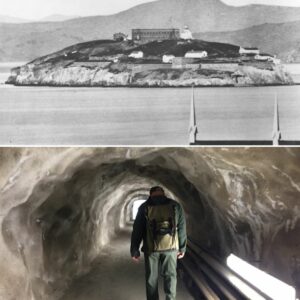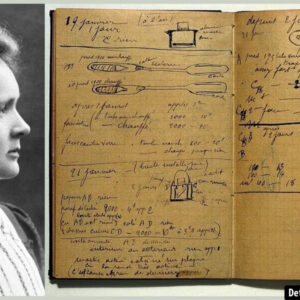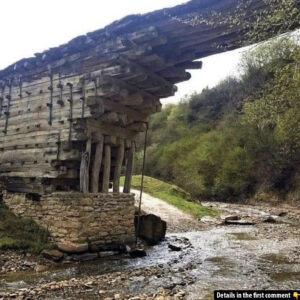The Panama Canal is one of the greatest engineering marvels in the world, connecting the Atlantic and Pacific Oceans and dramatically altering global trade. However, its construction was anything but simple. It took more than 30 years of backbreaking labor, overcoming tremendous obstacles, and years of political maneuvering before it was completed. This article explores the fascinating history of the Panama Canal, with rare historical photographs that capture the toil, triumph, and transformative effects of this monumental project.
Introduction: The Vision of the Panama Canal
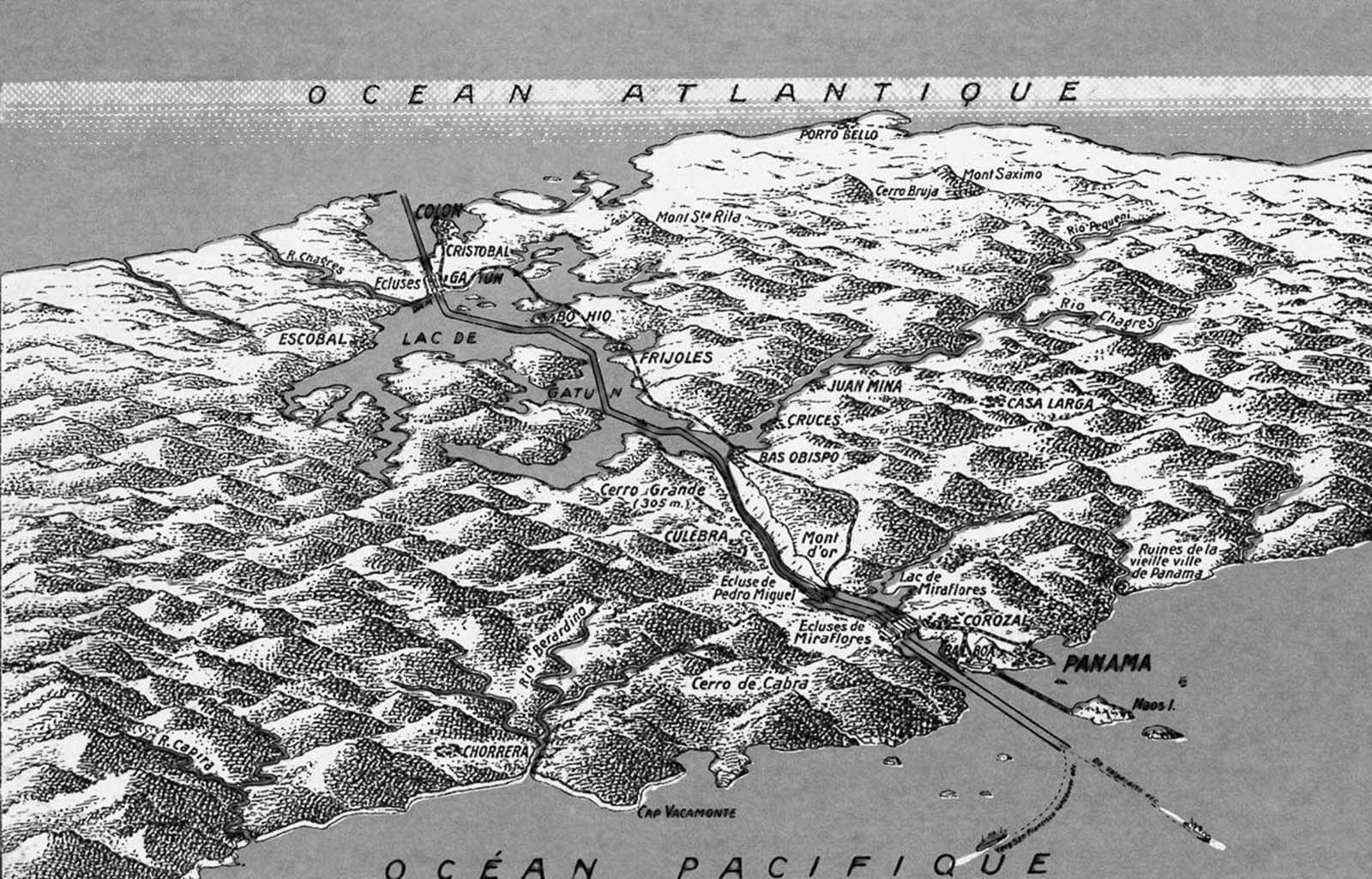
The concept of a canal across Panama dates back to the 16th century when the idea was first suggested to King Charles V of Spain. The journey for gold and other riches from Peru to Spain was long and treacherous. A canal through the isthmus of Panama could drastically shorten the travel time and avoid dangerous sea routes. Over the centuries, various nations considered or attempted to build the canal, but it wasn’t until the late 1800s that a serious attempt was made.
In 1881, the French began the project under the direction of Ferdinand de Lesseps, the architect of the successful Suez Canal. However, the construction effort was plagued by difficult terrain, tropical diseases, and engineering miscalculations, leading to the abandonment of the French effort by 1889. It was then that the United States stepped in, taking control of the project in 1902, starting the process of re-envisioning the canal.
Video
Watch the video exploring the engineering marvel of the Panama Canal – a feat of human ingenuity!
Early Attempts: France’s Bold Vision
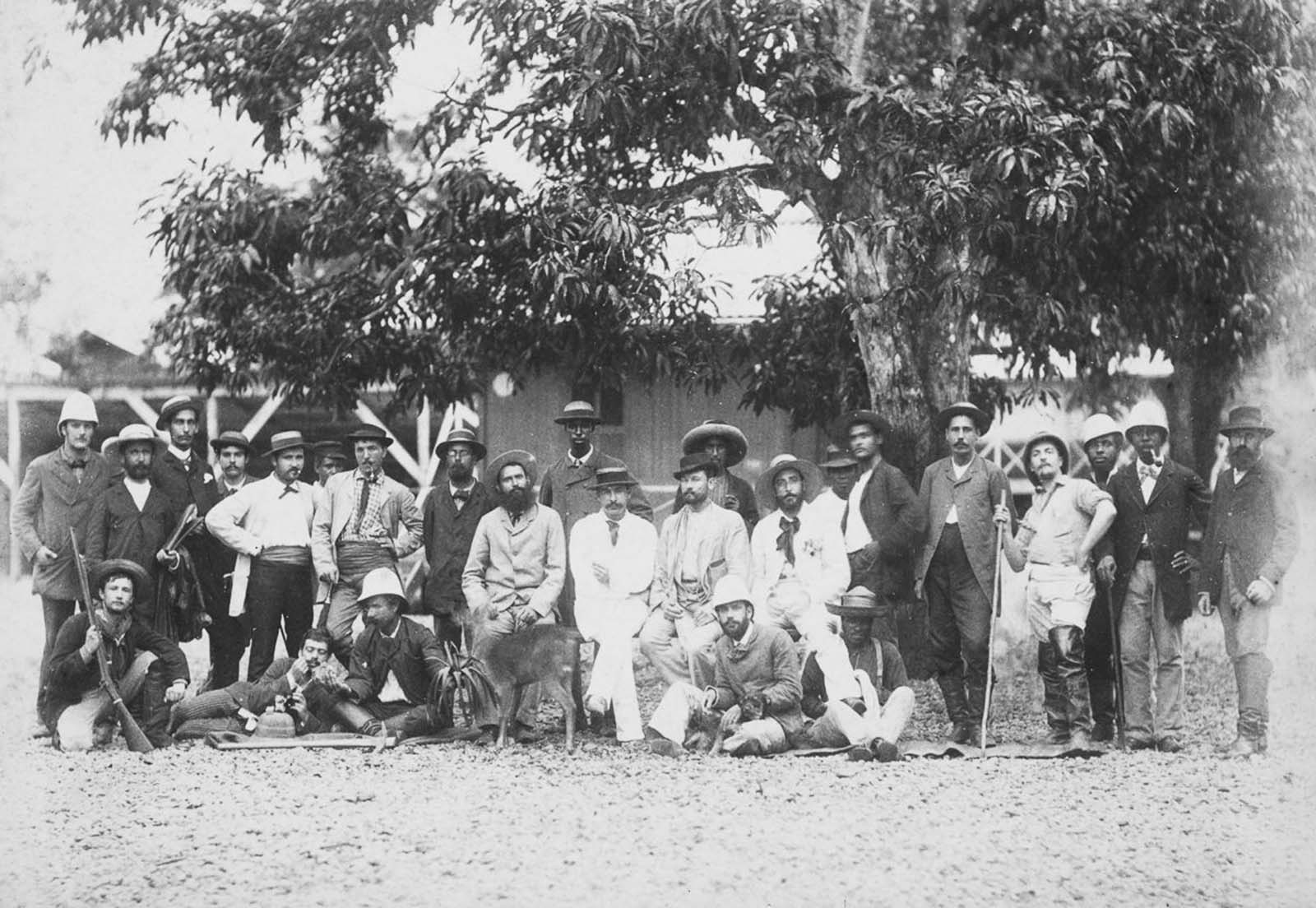
In the late 19th century, the French, inspired by the success of the Suez Canal, set their sights on Panama. Under de Lesseps, they planned for a sea-level canal, with optimism and ambition driving them forward. Despite the challenging terrain and numerous setbacks, including the presence of tropical diseases like malaria and yellow fever, the French continued their efforts until they finally ran out of money and resources.
The photo of French workers on the canal, taken in 1885, captures the grim reality of the labor force, many of whom perished due to the harsh conditions. By 1889, the French project collapsed, leaving the canal unfinished and billions of francs in debt. The failure did not deter the American government, however, which saw the canal as crucial for global trade and military strategy.

The American Takeover: A New Direction
In 1902, after purchasing the French assets for $40 million, the United States took over the canal project. Under the leadership of President Theodore Roosevelt, the U.S. government determined to finish what France had started, but with significant changes to the original plan.

The U.S. realized that the sea-level canal initially envisioned was impractical due to the challenging geography of Panama. Instead, they proposed a canal with locks, which would involve raising and lowering ships through a series of lock chambers, effectively bypassing the difficult terrain. This plan became the foundation for the canal as we know it today.
Overcoming Obstacles: Diseases and Geological Challenges
One of the greatest obstacles to the completion of the Panama Canal was the spread of tropical diseases. Malaria and yellow fever were rampant, and the workers, primarily from the Caribbean, were falling sick at an alarming rate. The United States, having learned of the link between mosquitoes and the spread of these diseases, launched an aggressive mosquito eradication campaign. This intervention, combined with improved sanitation and the efforts of dedicated doctors, drastically reduced the spread of diseases and allowed work to continue at a faster pace.

In the meantime, the construction faced other significant challenges. The Culebra Cut, a nearly eight-mile-long excavation through the Culebra mountain ridge, was one of the most difficult tasks. Thousands of tons of dynamite were used to blast through rock, but the unpredictable landslides made the process even more complicated. The photo of workers clearing debris after a landslide in 1907 illustrates the precarious nature of the excavation work.
Iconic Images of Labor: Workers at the Panama Canal
The labor force that built the Panama Canal was a mix of workers from various backgrounds, with many hailing from Jamaica and the Caribbean. These workers lived in difficult conditions, often housed in overcrowded, unsanitary camps. They worked tirelessly to excavate earth, build locks, and transport materials. Photos taken in 1885 and 1900 show workers gathering for pay and clearing earth by hand, giving a powerful visual representation of the effort involved.

These workers, enduring long hours and harsh conditions, were the unsung heroes of the canal’s construction. Their commitment and perseverance played an essential role in the completion of the canal. A rare photo of workers in 1900 clearing earth by hand demonstrates the sheer manpower involved in this monumental project.
The Engineering Marvel: Building the Locks and Dams
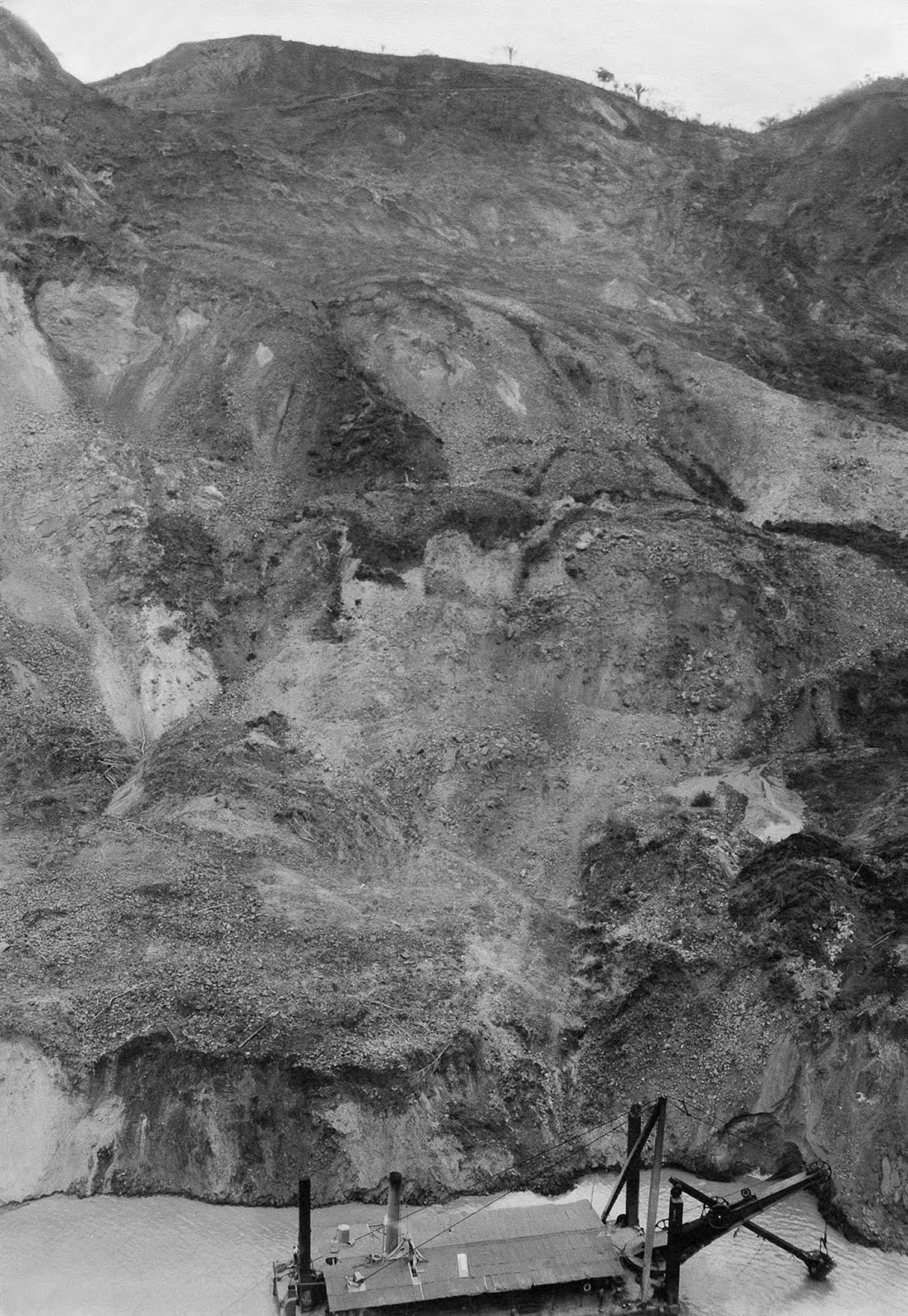
One of the most significant engineering feats of the Panama Canal was the construction of the locks and dams. At the time, these were some of the largest and most complex structures ever built. The photo from 1907 showing earth being excavated at the site of the Gatun Locks highlights the scale of the construction effort.
The construction of the Gatun Dam, which created Gatun Lake—the largest manmade lake of its time—was crucial to the canal’s operation. The dam provided the water necessary for the locks to function, allowing ships to be lifted up to the level of the canal. The locks, with their intricate system of valves and gates, allowed ships to pass from one body of water to another, effectively bypassing the high terrain of the isthmus.
The Completion: The First Successful Passage and the Impact
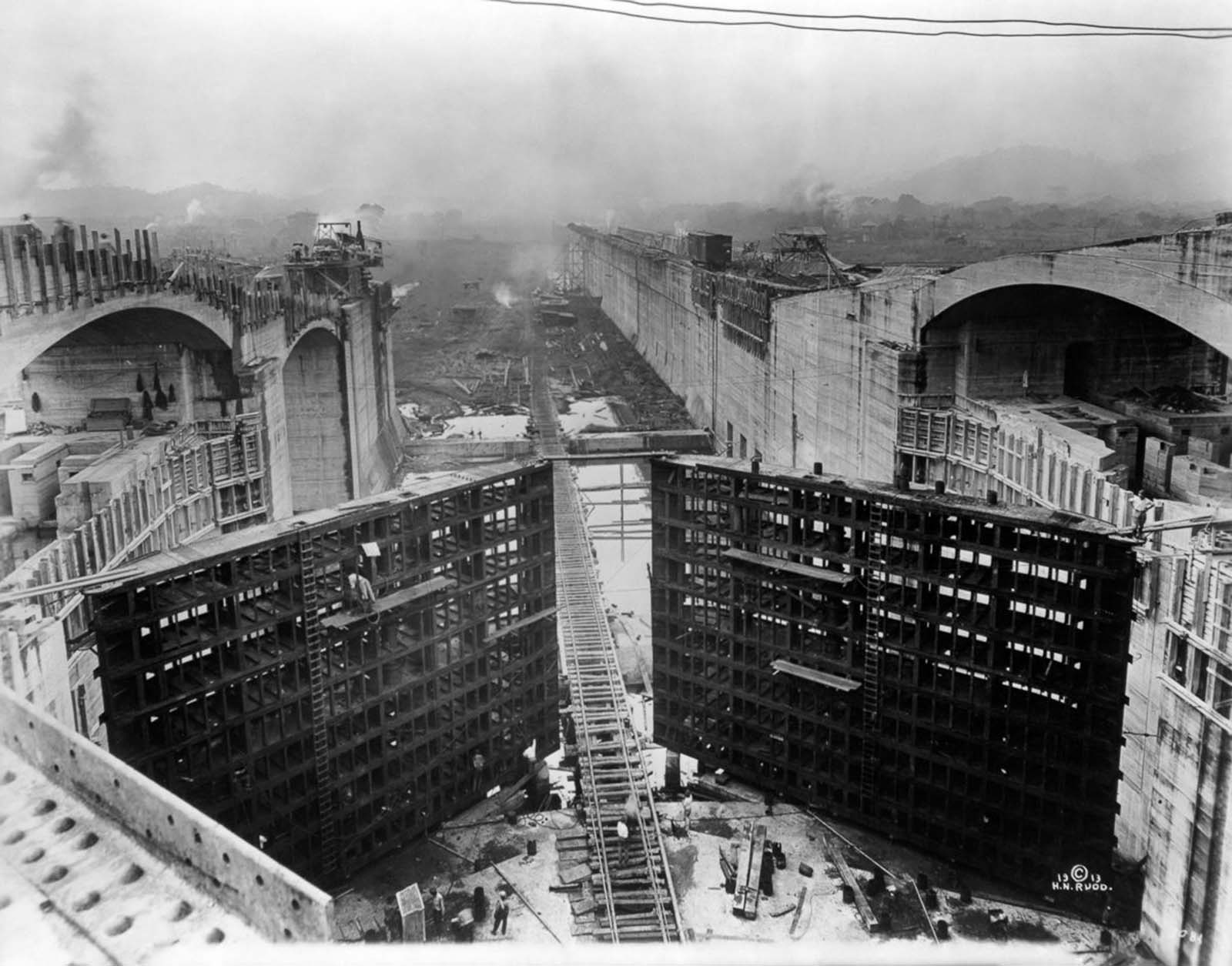
In 1914, after more than a decade of hard work, the Panama Canal was officially completed. On December 10, 1913, the first successful transit through the canal took place, and on January 7, 1914, the French crane boat Alexandre La Valley made the inaugural passage.
The completion of the Panama Canal marked the beginning of a new era in global trade, as it drastically shortened the maritime journey between the Atlantic and Pacific Oceans. The canal also played a crucial role in military strategy, providing a faster route for naval vessels. A photo of President Theodore Roosevelt sitting in a crane cab in 1906 during a visit to the canal construction site captures his involvement in the project, underscoring the significance of the canal for the United States.
The Legacy of the Panama Canal: Global Trade and Modern-Day Use
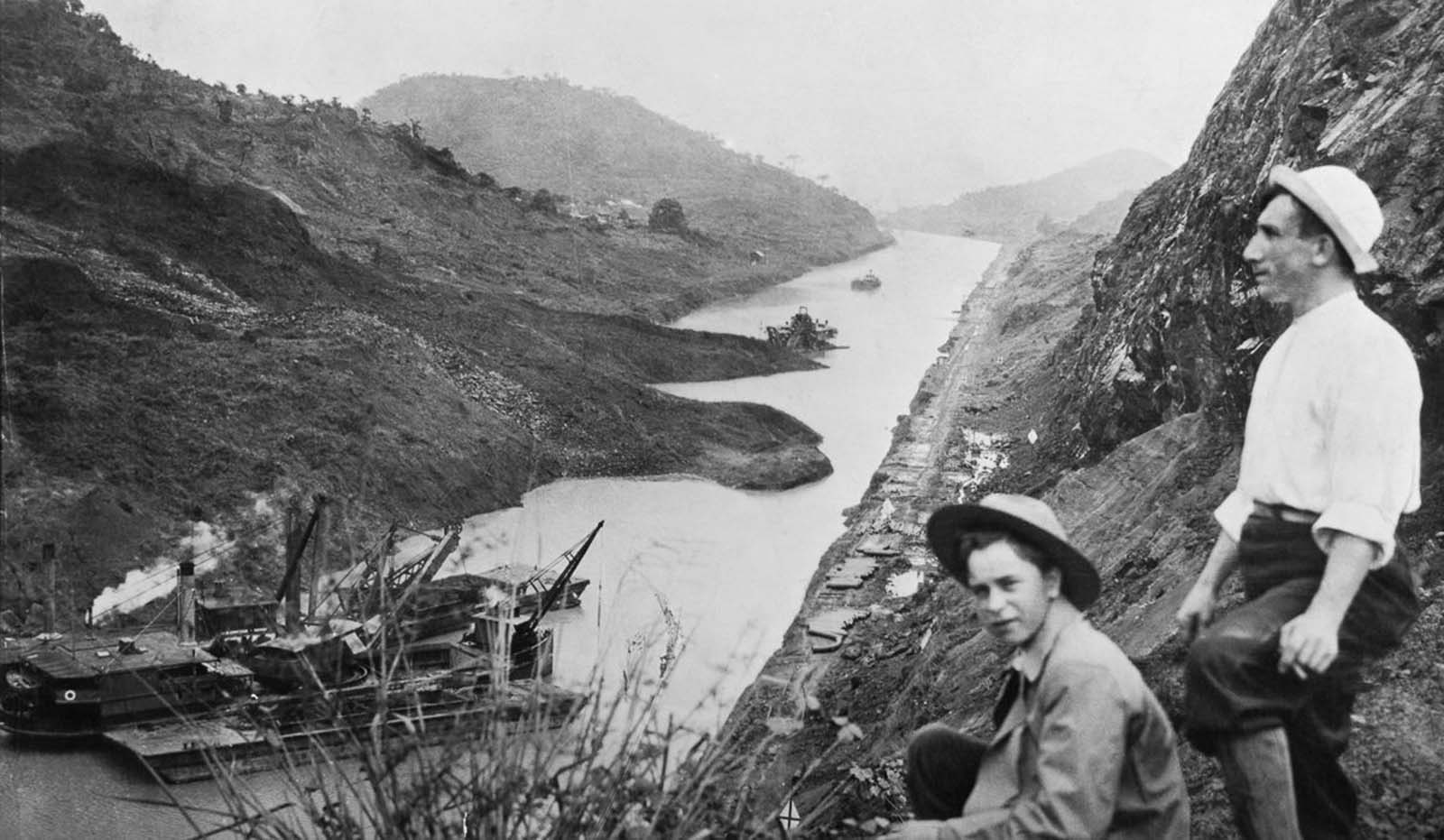
The Panama Canal has had a profound impact on global trade, reducing the travel time for ships and allowing for the faster movement of goods between the Atlantic and Pacific Oceans. Today, approximately 4% of world trade passes through the canal, with over 15,000 ships using it each year.
The construction of the Panama Canal is now recognized as one of the Seven Wonders of the Modern World. The canal’s continued success is evidenced by the addition of wider locks and ongoing efforts to expand its capacity. The photo of U.S. engineers sent by President Roosevelt in 1908 symbolizes the continued American involvement in the canal, which remains under U.S. control until 1999 when it was transferred to the Panama Canal Authority.
Explore more photos of The Panama Canal


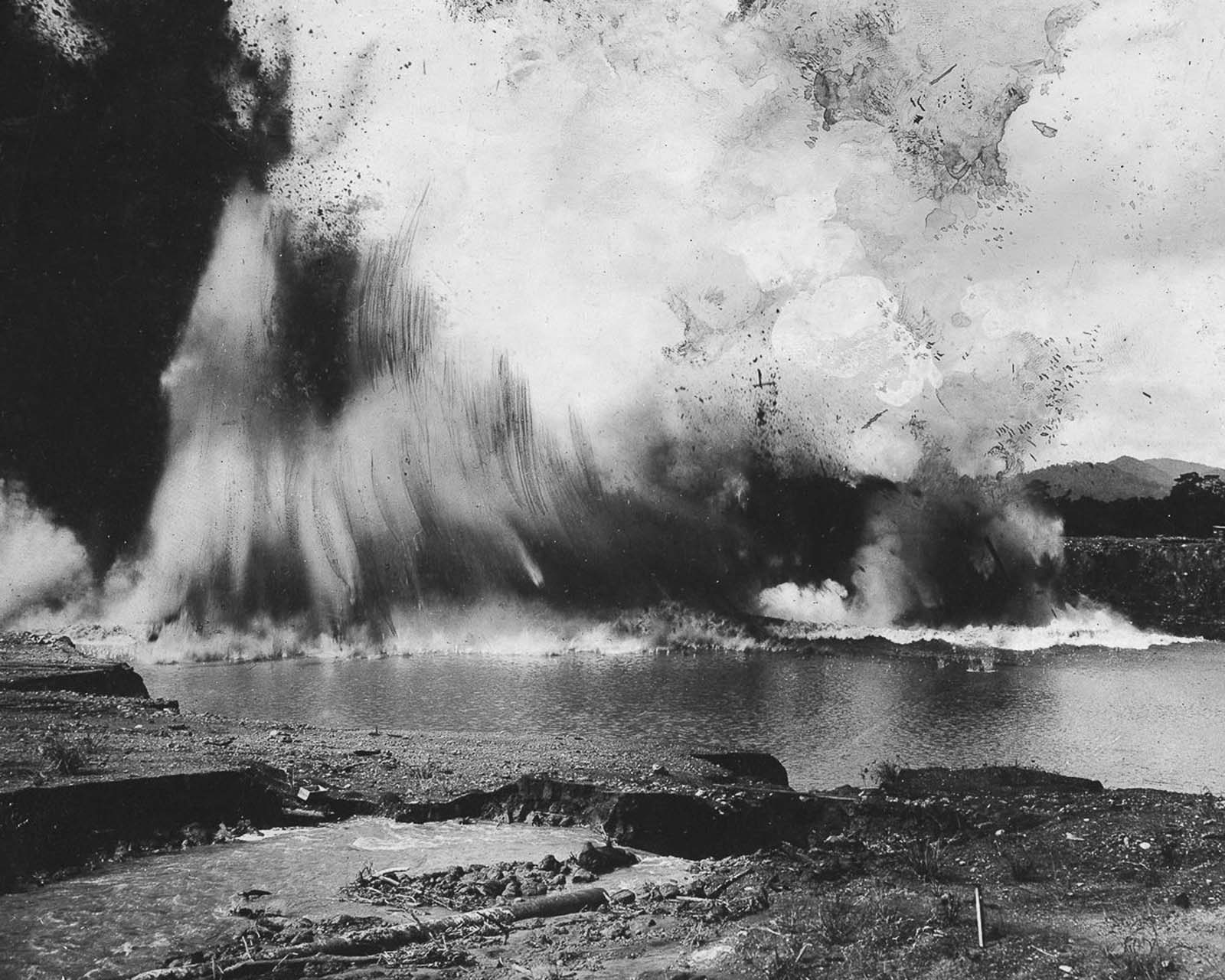
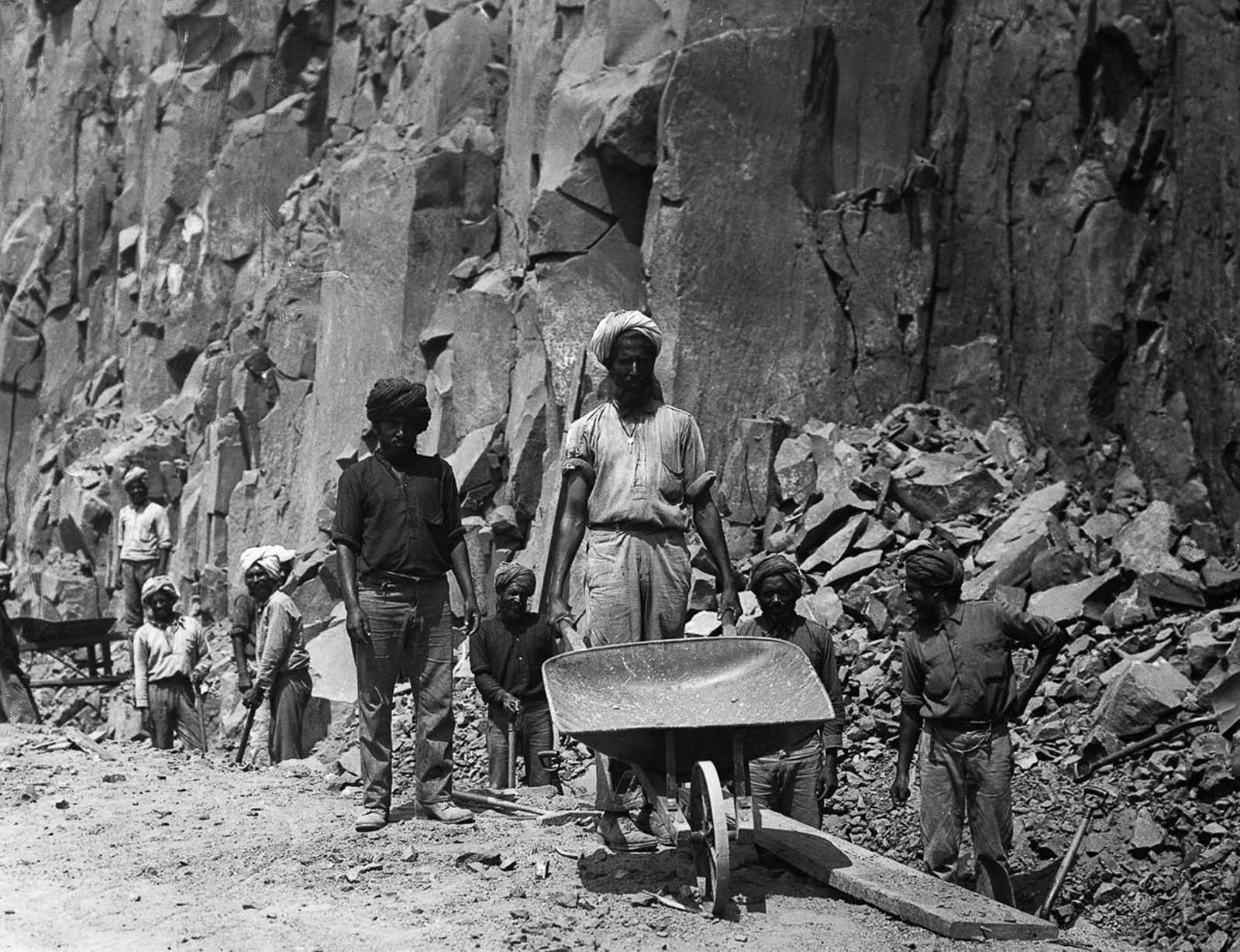




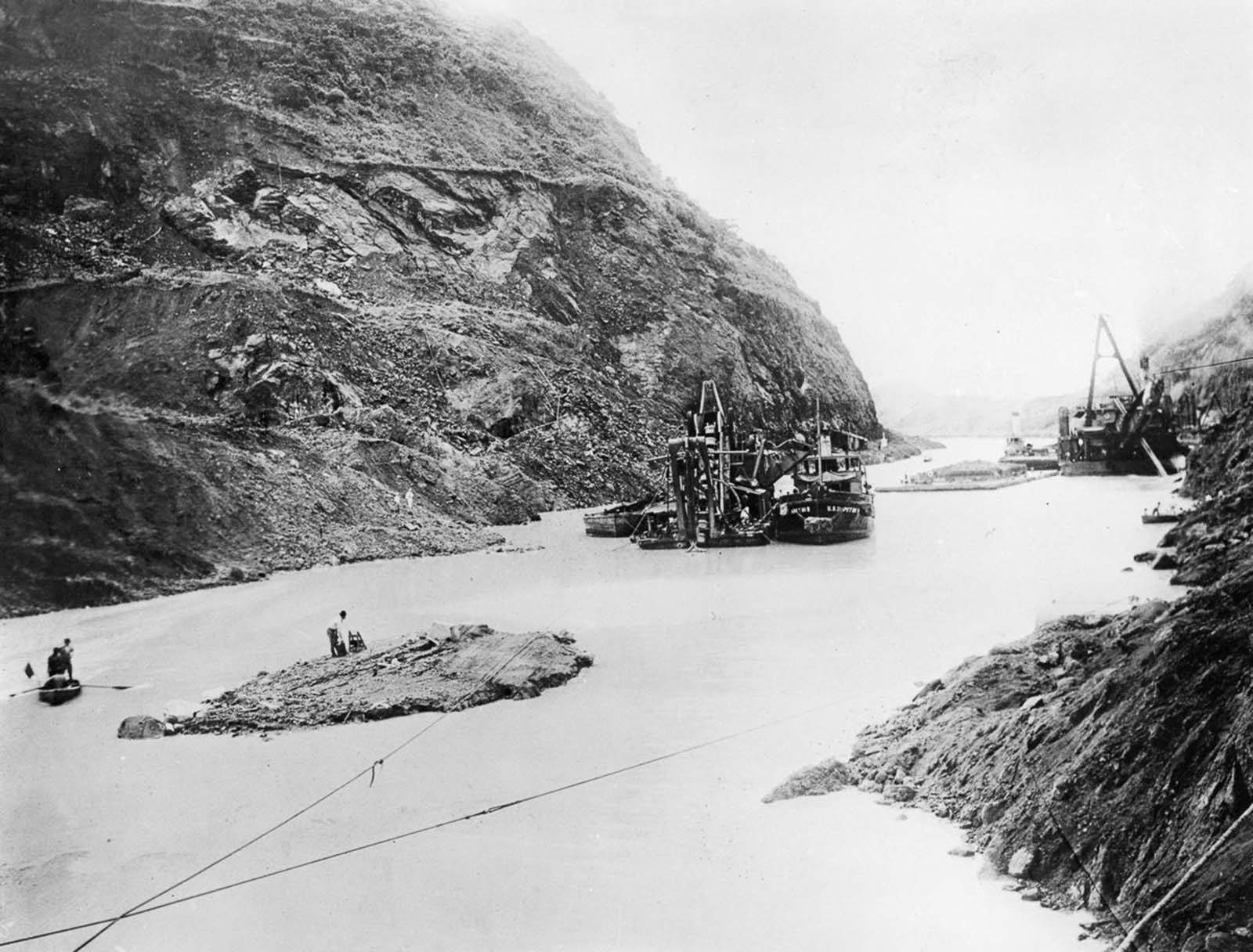



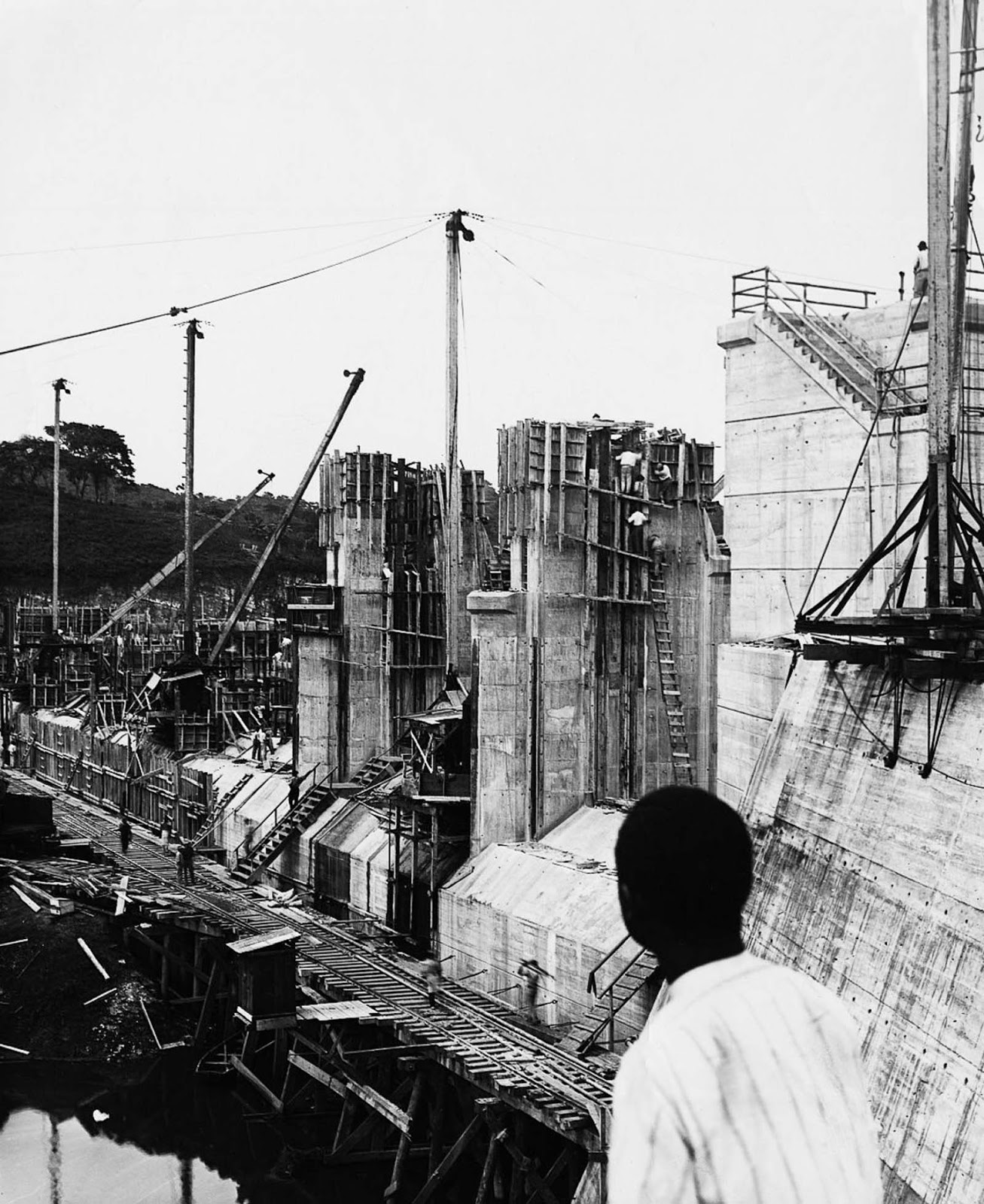
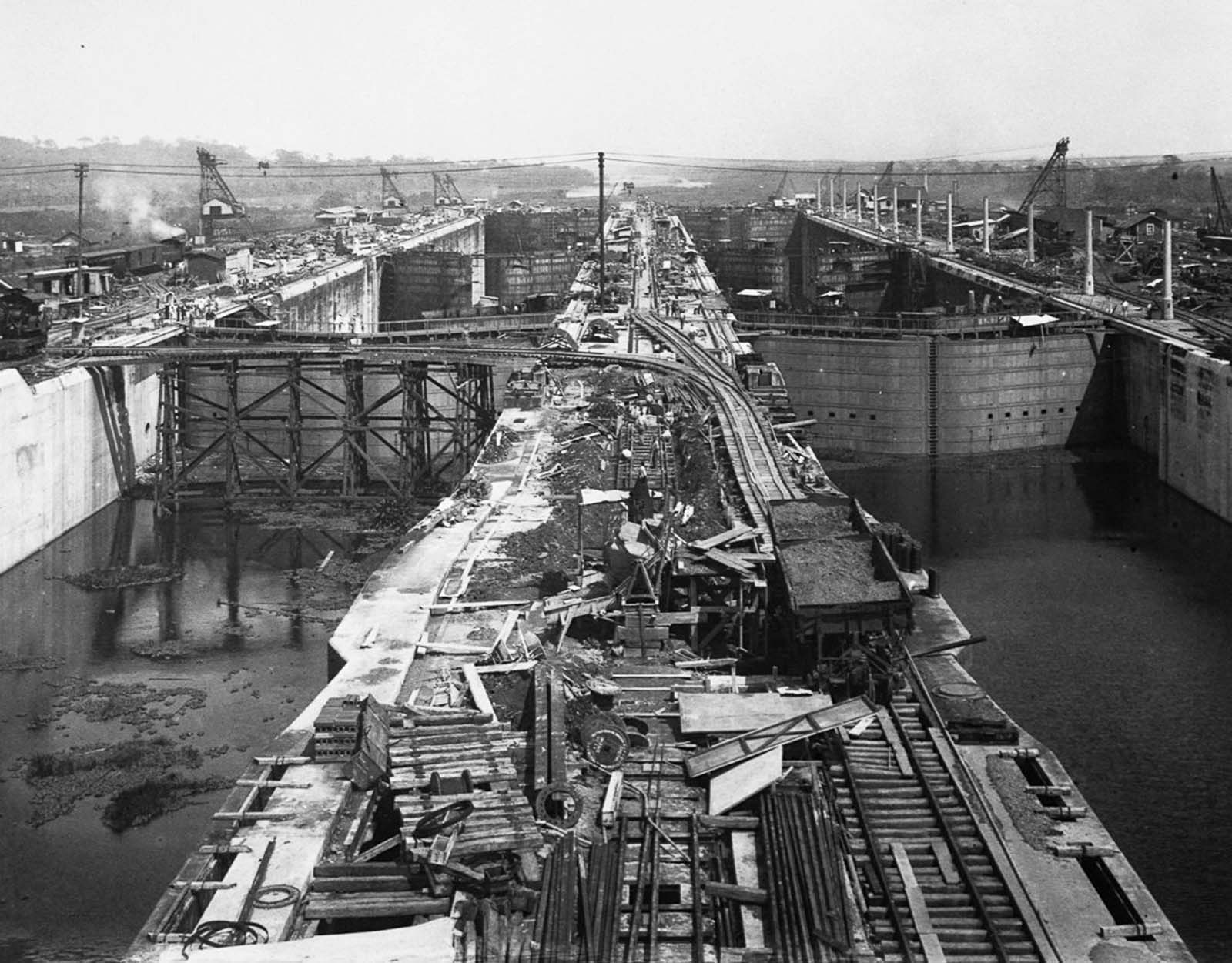




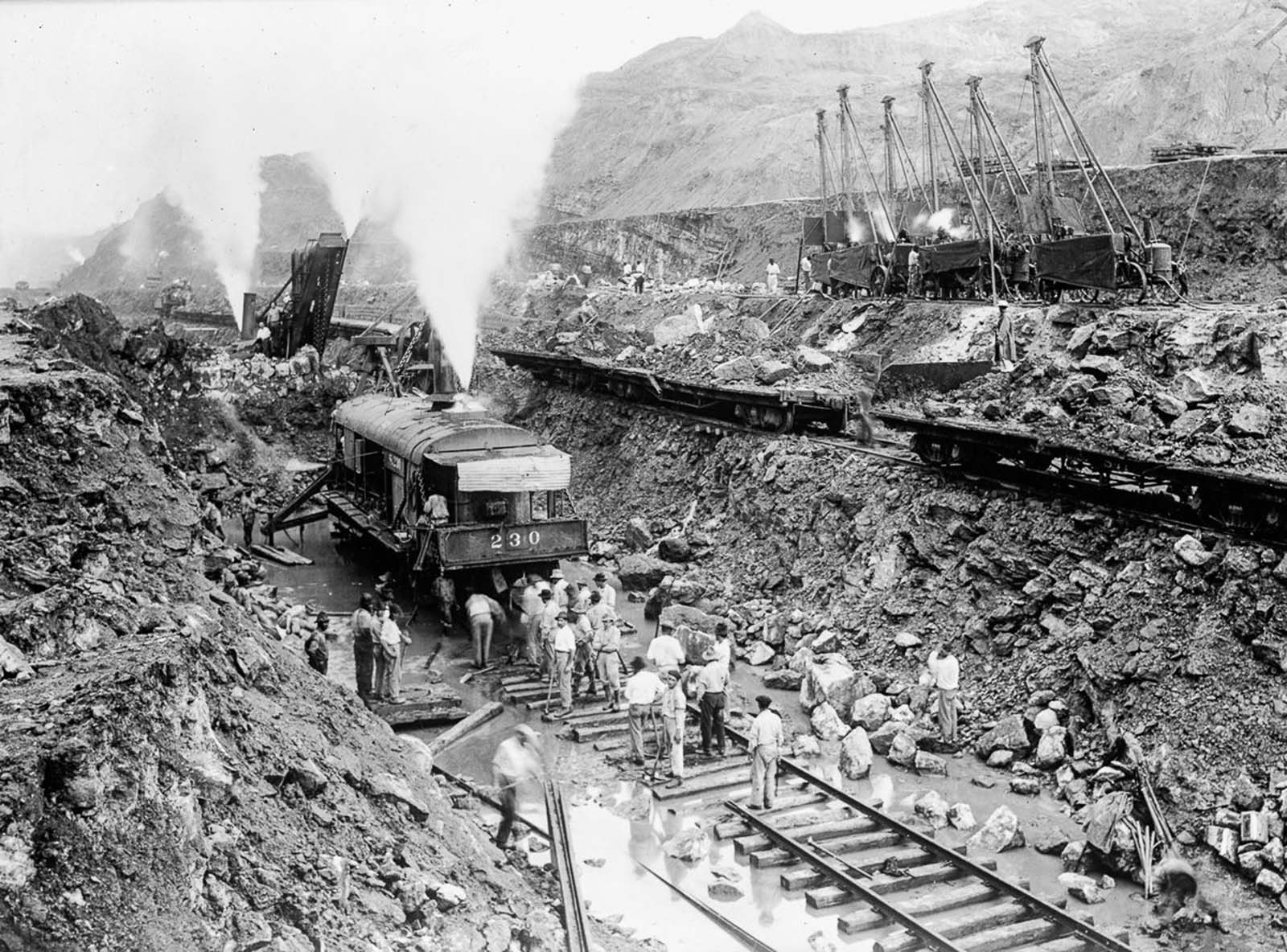

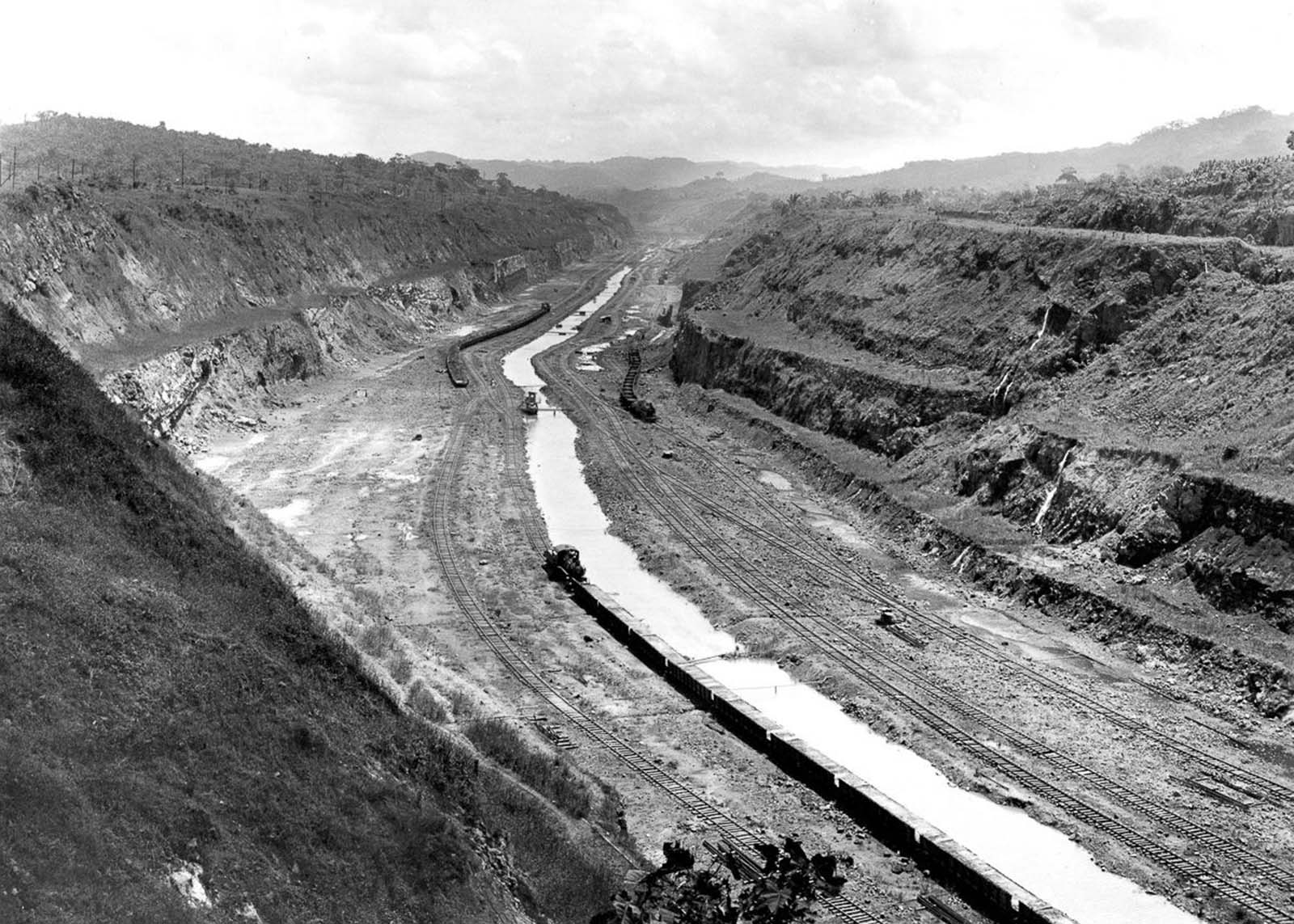

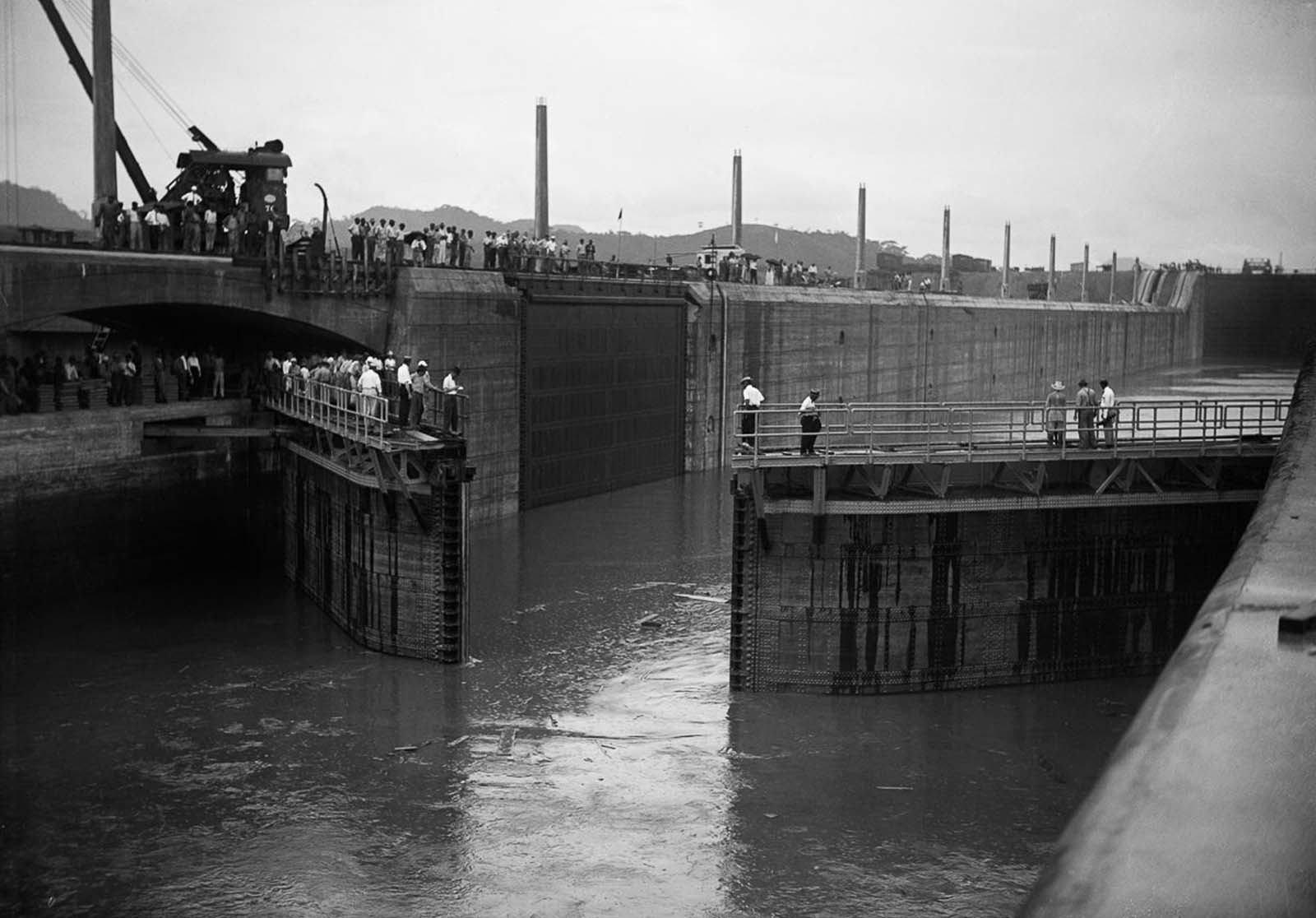
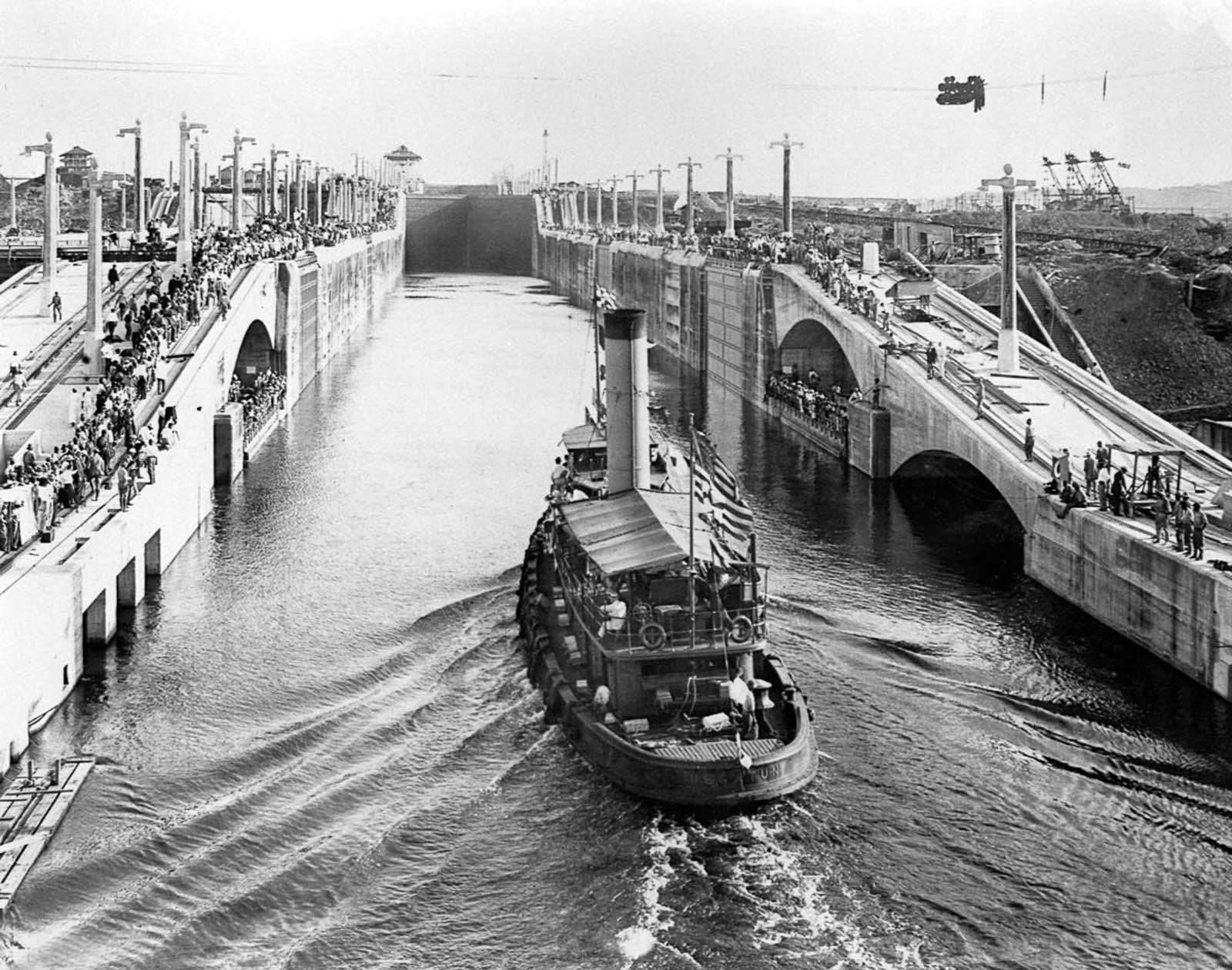
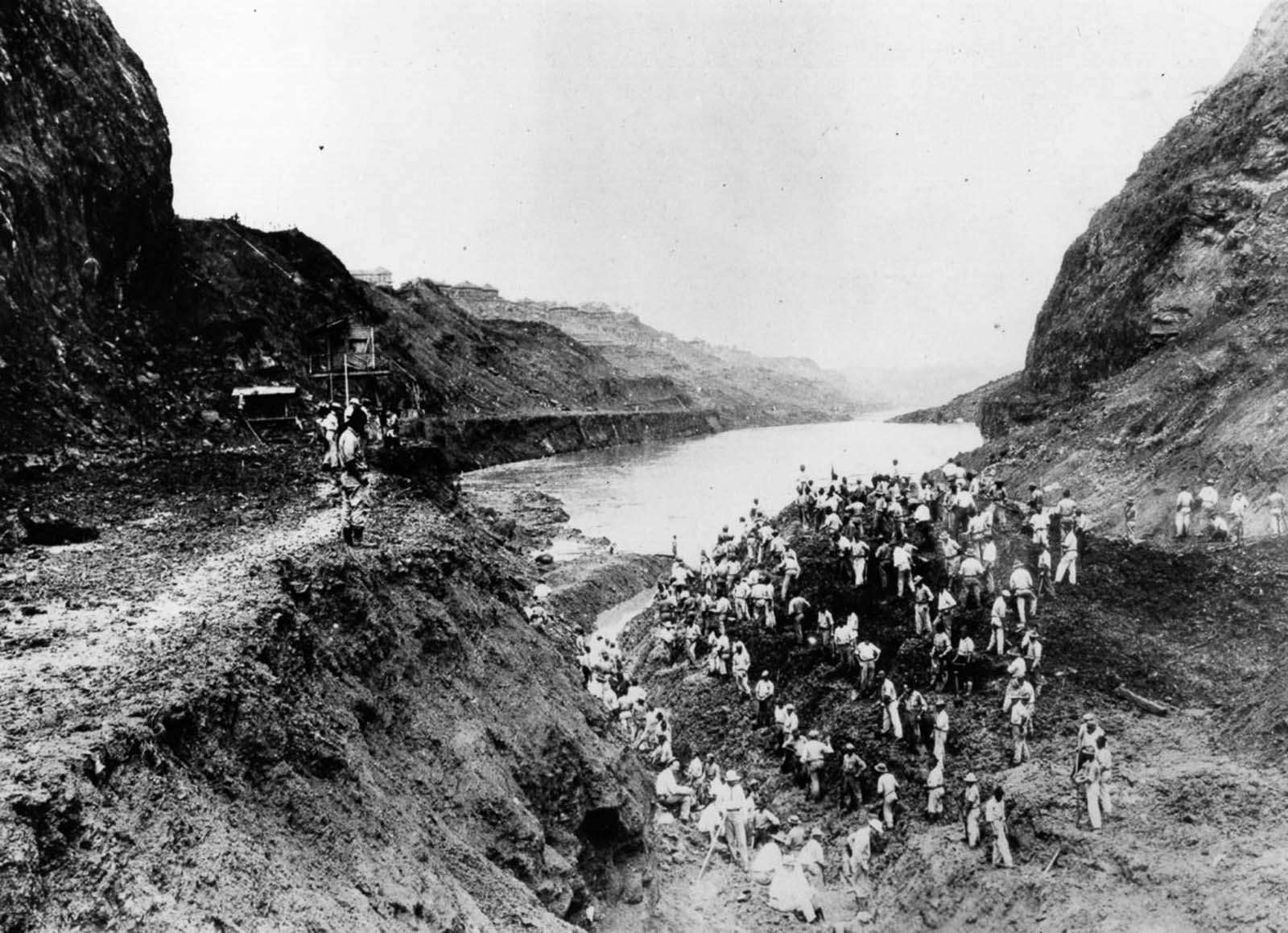


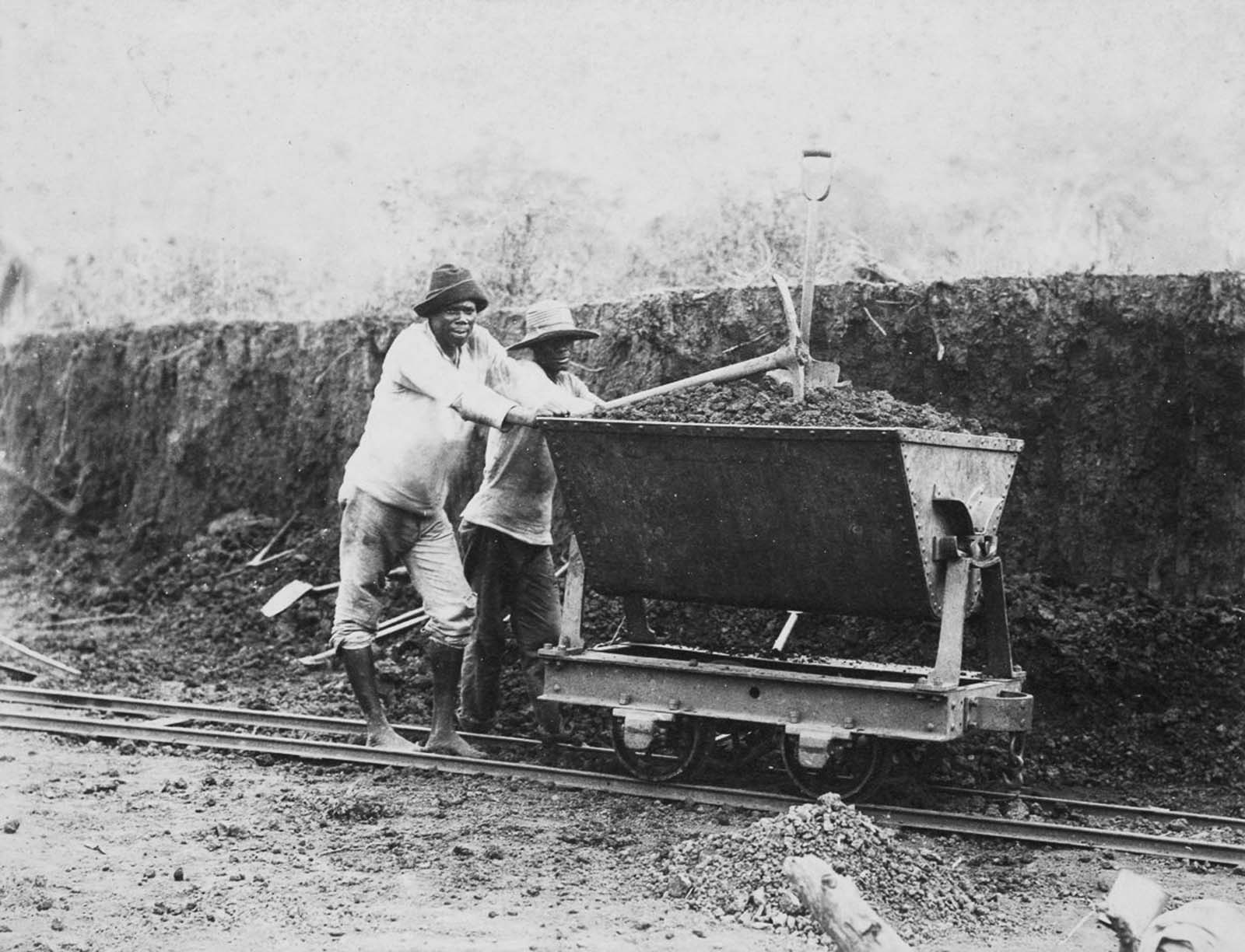
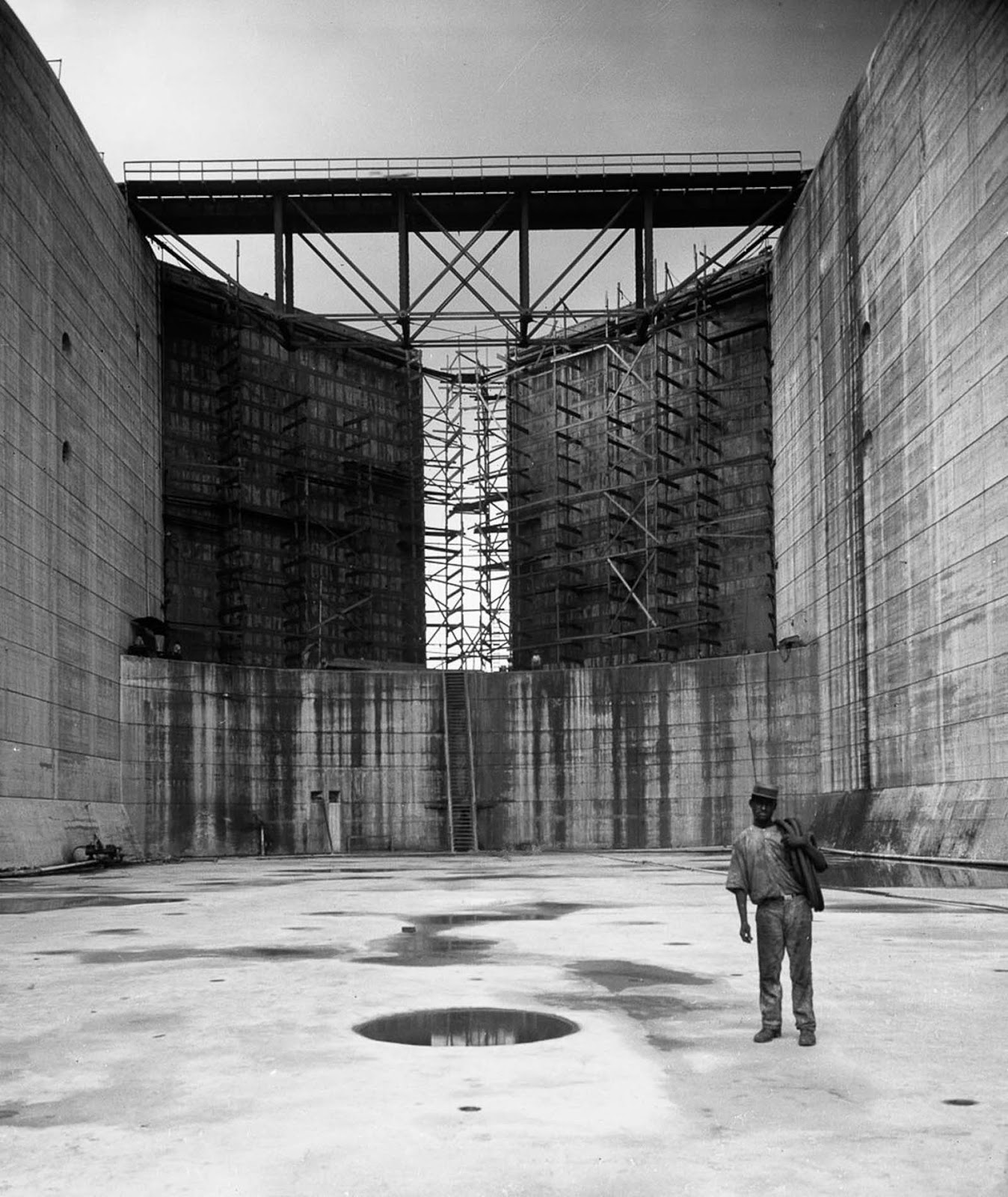
Video
Watch the video to discover why the Panama Canal is facing challenges and what threatens its future!
Conclusion: The Panama Canal as a Modern Wonder
The Panama Canal stands as a testament to human ingenuity and determination. What began as an idea in the 16th century became a reality through the combined efforts of thousands of workers, engineers, and politicians. The canal’s construction not only reshaped global trade but also demonstrated the power of perseverance in the face of adversity. As we look back on the history of the Panama Canal, we are reminded of the immense challenges overcome to achieve this modern wonder, a feat that continues to influence the world today.

